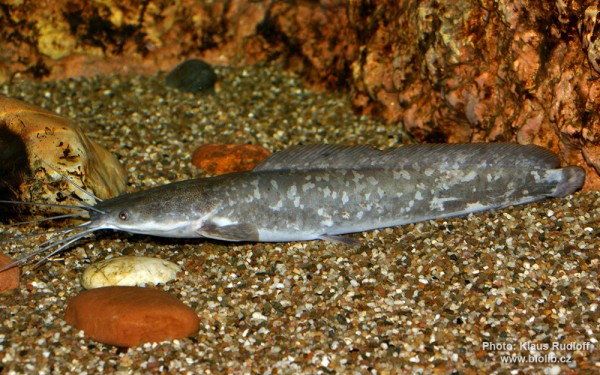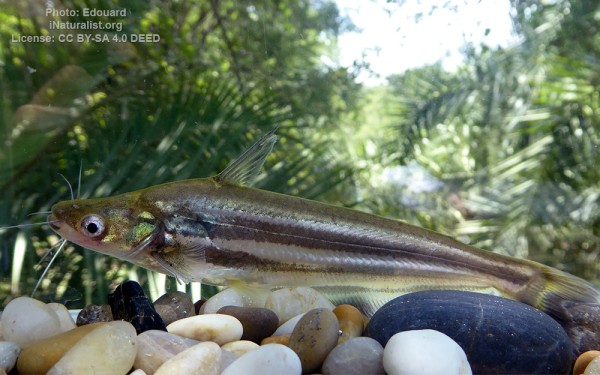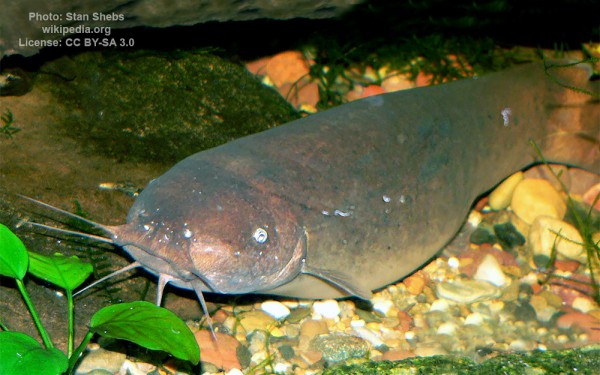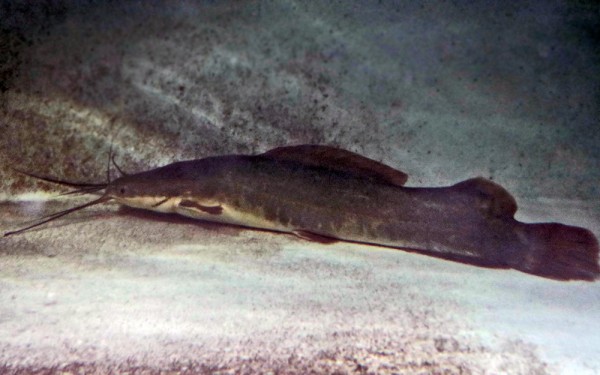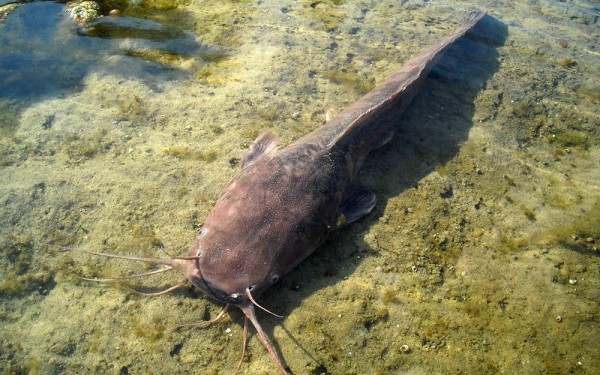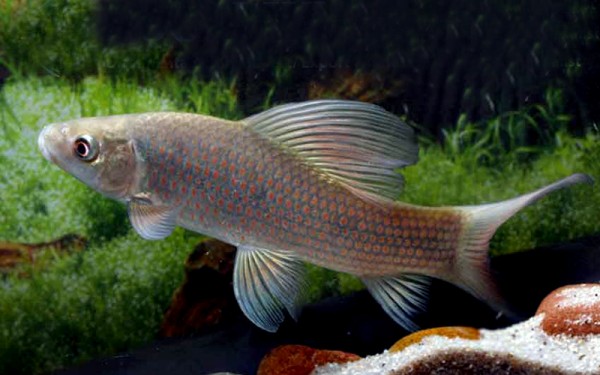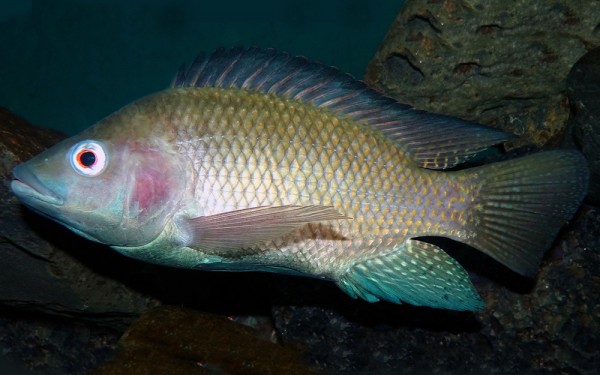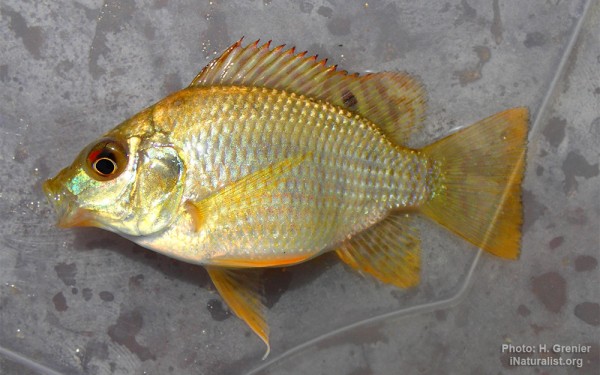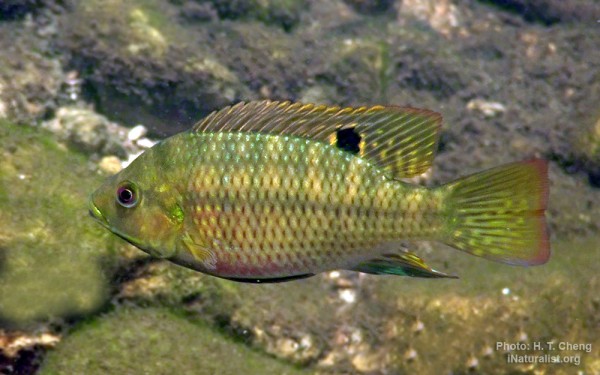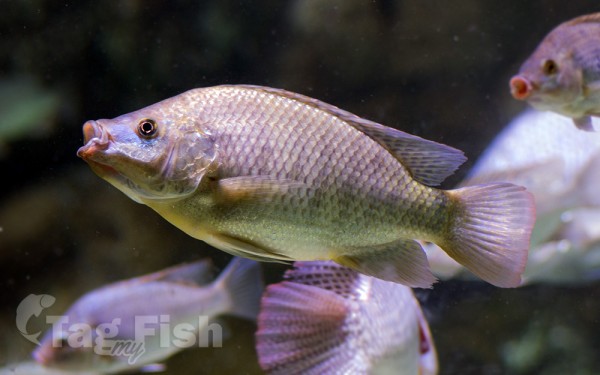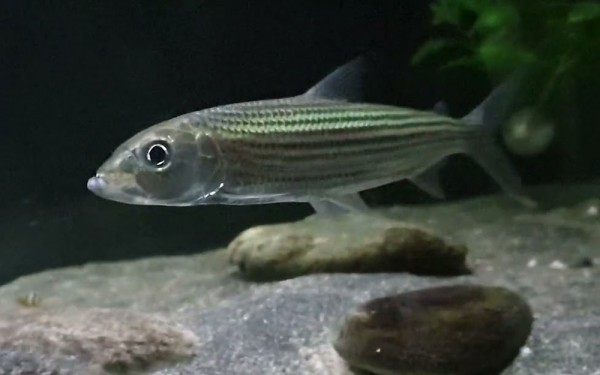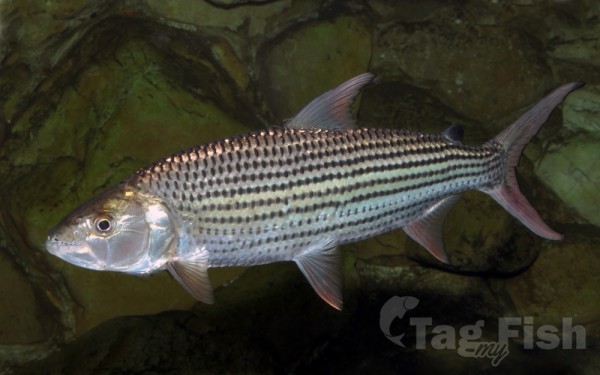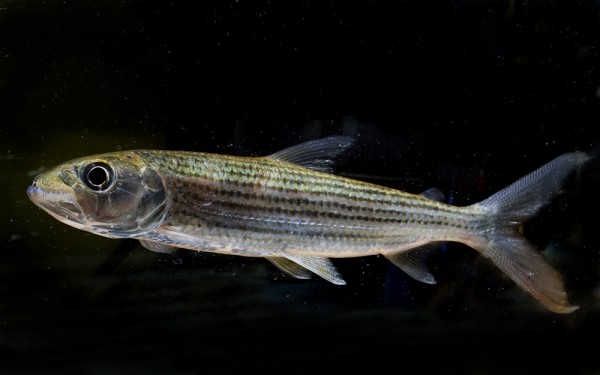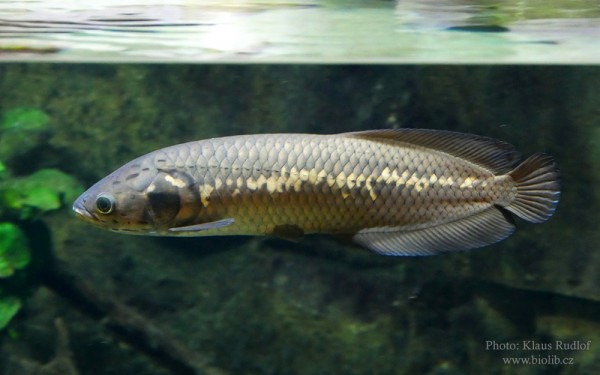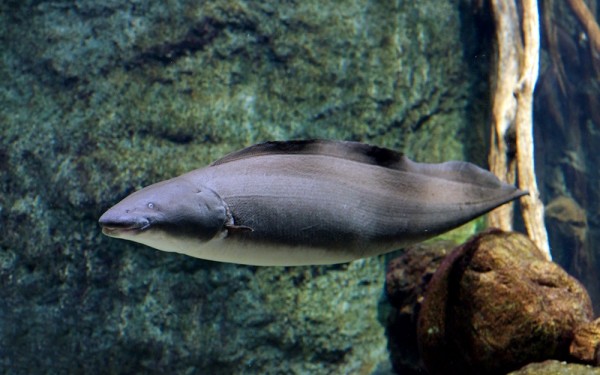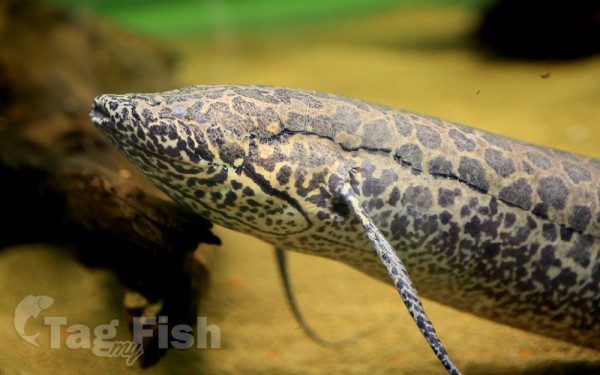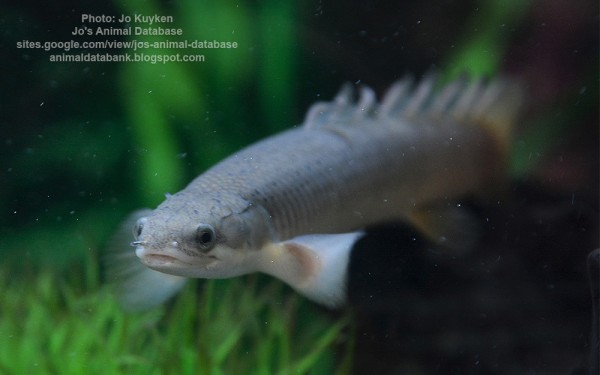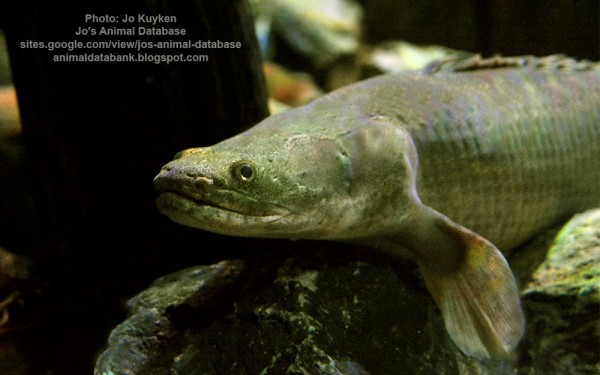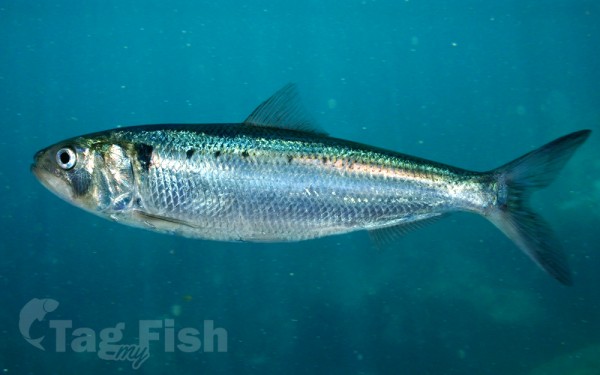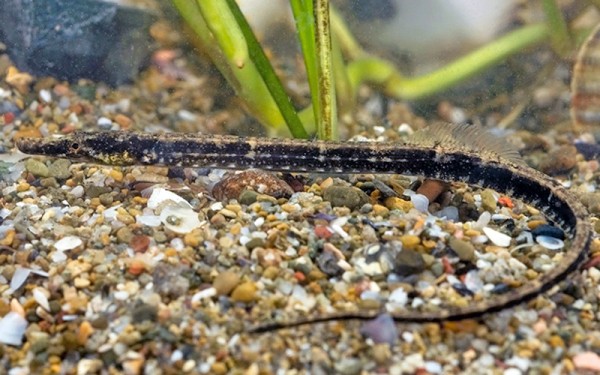Lake Nasser

Perciformes - Perches
Siluriformes - Catfishes
Cypriniformes - Carps
Cichliformes - Cichlids
Characiformes - Characins
Osteoglossiformes - Bony tongues
Ceratodontiformes - Lungfishes
Polypteriformes - Bichirs
Clupeiformes - Herrings
Syngnathiformes - Pipefishes and Seahorses
Perciformes - Perches
Siluriformes - Catfishes
Cypriniformes - Carps
Cichliformes - Cichlids
Characiformes - Characins
Osteoglossiformes - Bony tongues
Ceratodontiformes - Lungfishes
Polypteriformes - Bichirs
Clupeiformes - Herrings
Syngnathiformes - Pipefishes and Seahorses
Perciformes - Perches
Siluriformes - Catfishes
Cypriniformes - Carps
Cichliformes - Cichlids
Characiformes - Characins
Osteoglossiformes - Bony tongues
Ceratodontiformes - Lungfishes
Polypteriformes - Bichirs
Clupeiformes - Herrings
Syngnathiformes - Pipefishes and Seahorses
Lake Nasser is a vast reservoir in southern Egypt and northern Sudan. It is one of the largest man-made lakes in the world. Before construction, Sudan was against the building of Lake Nasser because it would encroach on land in the North, where the Nubian people lived. They would have to be resettled. In the end Sudans land near the area of Lake Nasser was mostly flooded by the lake.
Strictly, Lake Nasser refers only to the much larger portion of the lake that is in Egyptian territory (83% of the total), with the Sudanese preferring to call their smaller body of water Lake Nubia.
Description
The lake is some 479 km (298 mi) long and 16 km (9.9 mi) across at its widest point, which is near the Tropic of Cancer. It covers a total surface area of 5,250 km2 (2,030 sq mi) and has a storage capacity of some 132 km3 (32 cu mi) of water.
The lake was created as a result of the construction of the Aswan High Dam across the waters of the Nile between 1958 and 1970. The lake is named after Gamal Abdel Nasser, one of the leaders of the Egyptian Revolution of 1952, and the second President of Egypt, who initiated the High Dam project. It was President Anwar Sadat who inaugurated the lake and dam in 1971.

